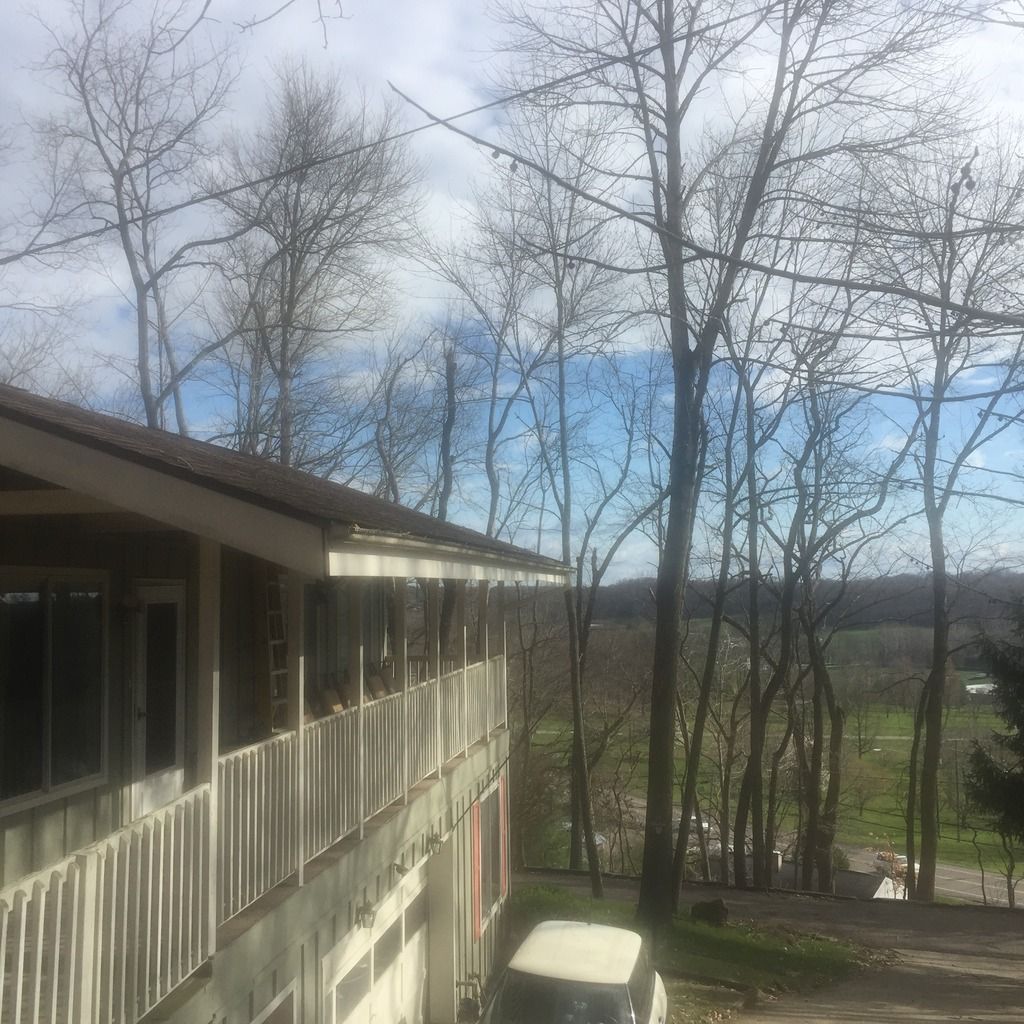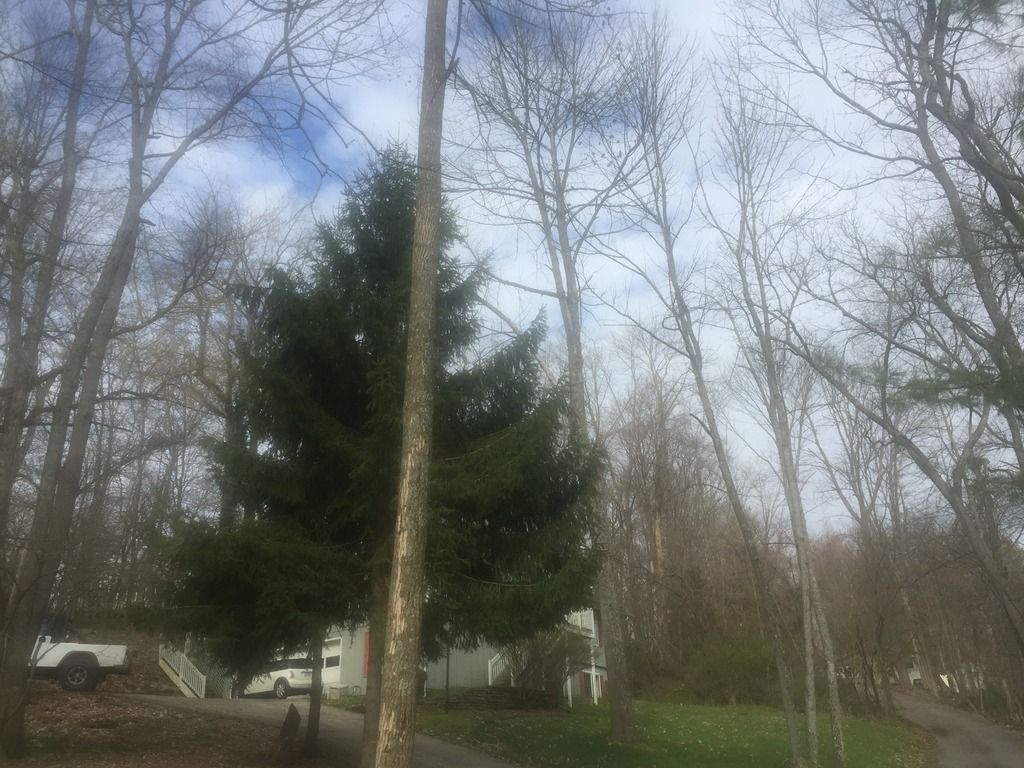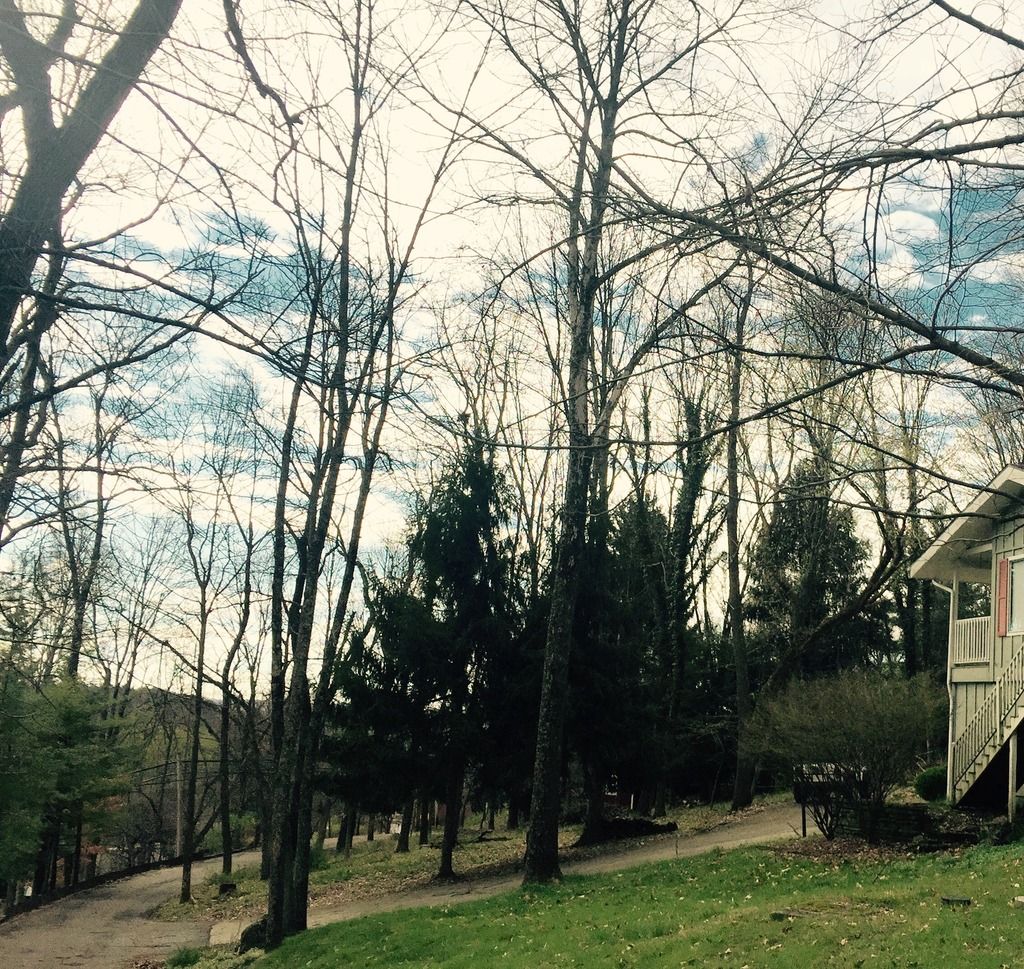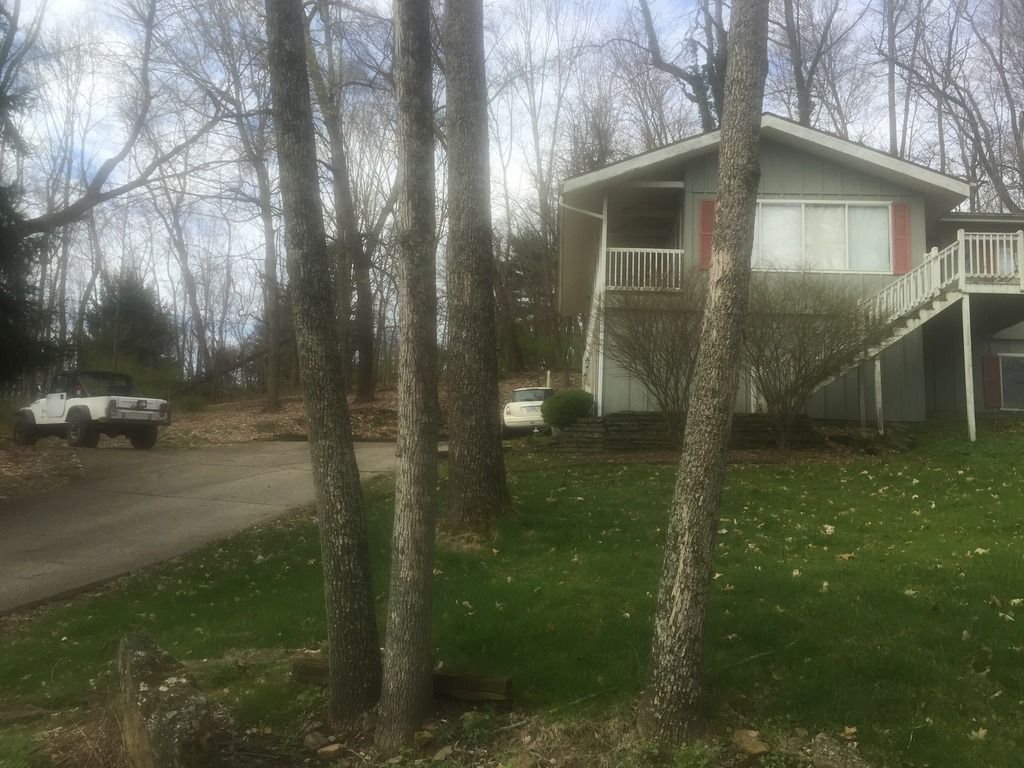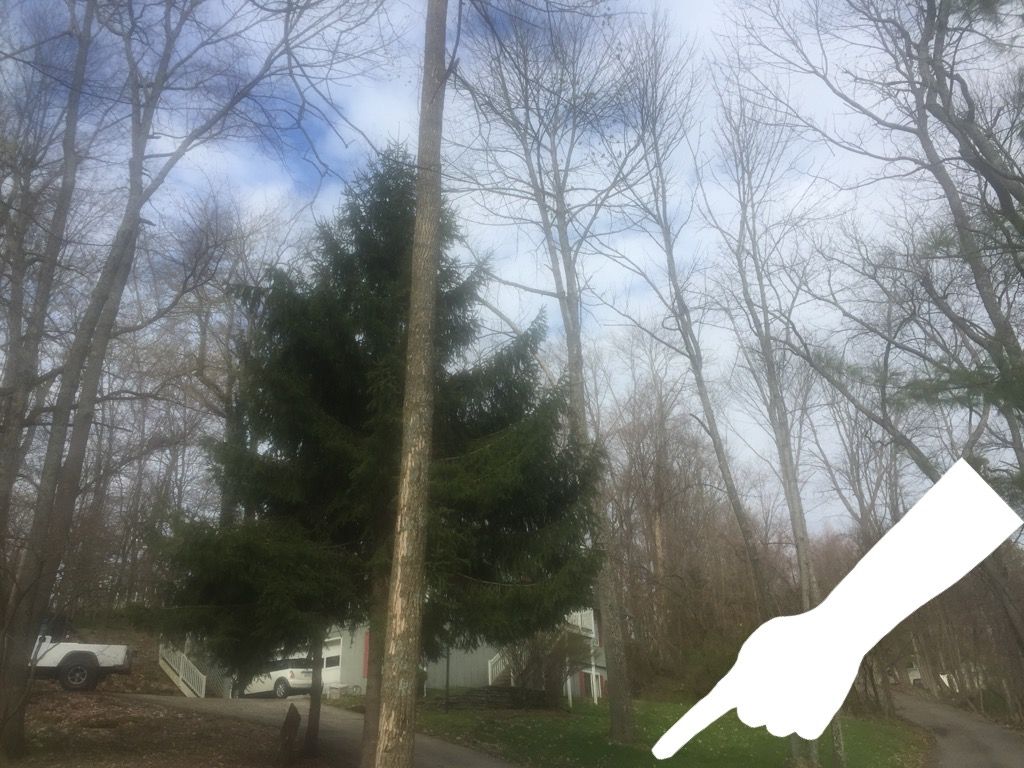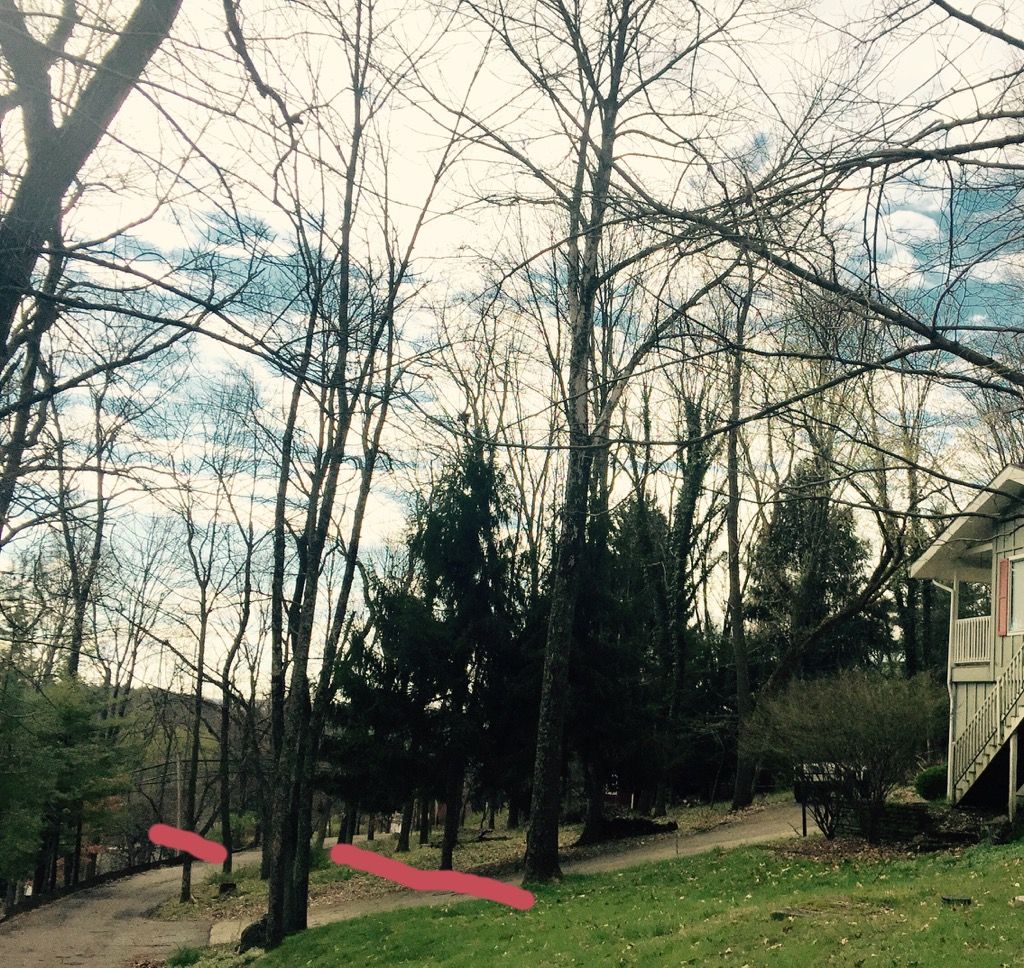BeaverMonkey,
I'll try to explain, but it would be far easier to do with a single picture.
A port-a-wrap is attached to the base of the tree to be removed. This port-a-wrap's only purpose is to secure a block high in the tree. It uses a dedicated length of rigging rope for this purpose.
A second port-a-wrap is used to manage the rigging duties. This port-a-wrap carries the rigging rope that will be used to control the limbs that are being removed.
If not for the block being lowered after each limb is taken off, you'd have a run of rigging rope running up the tree, through the block, then back down to the ground. Now you'll have to shoot that rigging rope over the next limb to be removed, which will require a third leg of rope. But in order to tie a running bowline from the ground, you'll need to also have a forth leg of rope in the system. If the block is set at 80 feet, you'll need about 320 feet of rope in the system.
Now let's look at lowering the block after a limb is removed. Shoot a running bowline over the next limb to be removed and then raise the block back into the tree. You'll only need 80 feet of rigging rope to make it to the top, and a short additional length to reach the end of the branch you've attached to........maybe a total of 110 feet of rigging rope. And the nice thing is that all of the rope is in the tree. No rope left lying on the ground for branches and feet to get tangled in.
Hope this helps.
Joel

